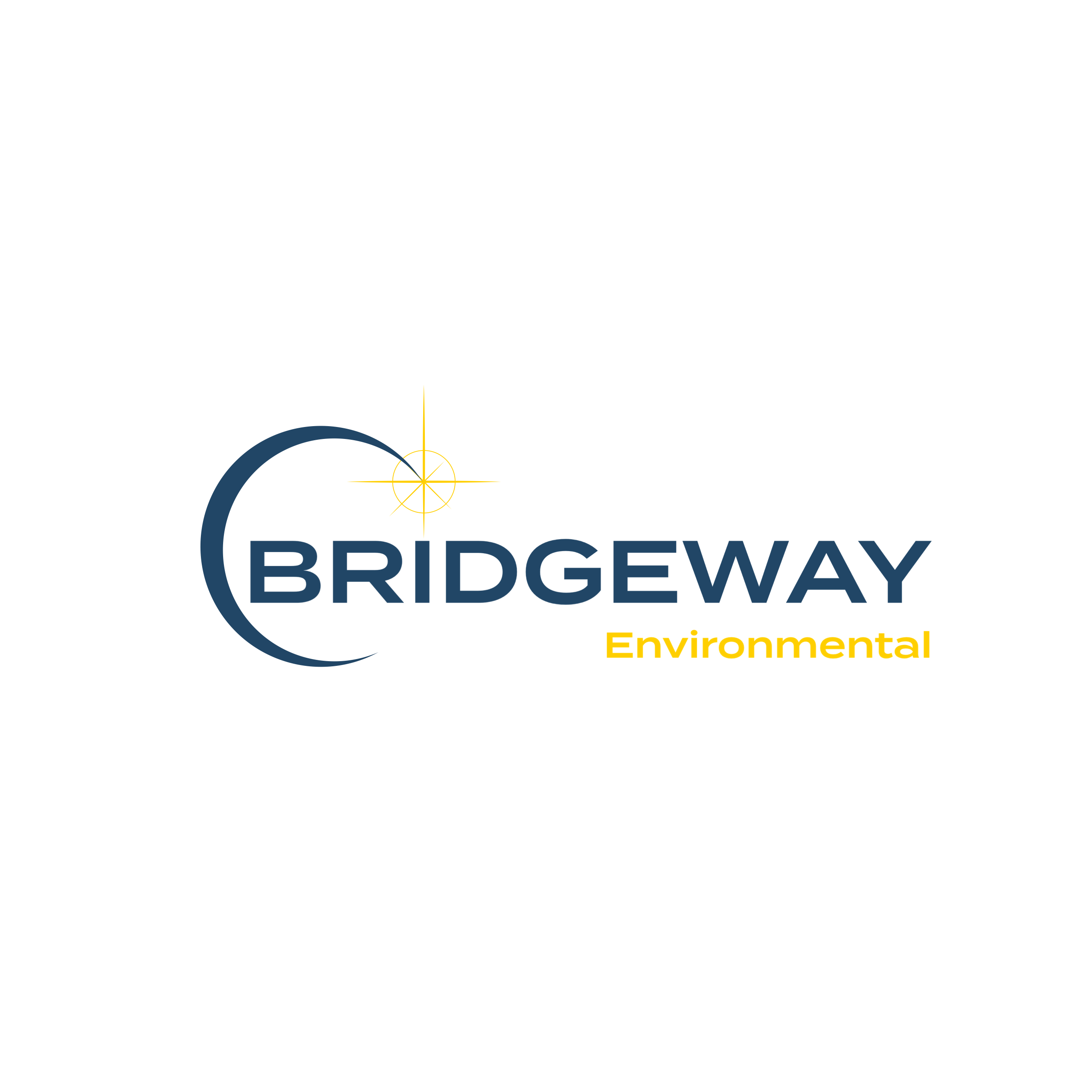9 Ways Your Company Can Control Industrial Stormwater Runoff Pollutants.
- Mr.Stormwater

- Jul 26, 2023
- 2 min read
In order to safeguard the ecosystem and prevent water contamination, controlling industrial stormwater runoff is crucial. The following are 9 Industrial Companies can manage and control stormwater runoff:
1. Put best management practices (BMPs) into action Use BMPs that are specific to your industry and the site. These techniques may consist of:
• Setting up ponds or basins for silt to collect and settle out before runoff reaches aquatic bodies.
• Creating bio-retention areas or planted swales to assist filter and absorb pollutants.
• Putting in porous surfaces or permeable pavement to let water seep in and lessen runoff volume.
• By removing grease and oil from stormwater runoff using oil-water separators.
• Setting up routine cleaning and maintenance of equipment and storage spaces to stop pollutants from washing into storm drains.
2. Stormwater Management Plans: Develop and implement comprehensive stormwater management plans that consider the specific needs and potential pollutants associated with your industrial activities. Regularly review and update these plans as needed.
3. Employee Training: Educate employees about the importance of preventing stormwater pollution and how they can contribute to its control. Training can include proper handling and storage of materials, spill response procedures, and the use of BMPs.
4. Monitoring and Inspections: Regularly monitor stormwater discharges to identify any potential issues and ensure compliance with environmental regulations. Conduct regular inspections to check that BMPs are functioning correctly.
5. Rainwater Harvesting: Consider implementing rainwater harvesting systems to capture and store clean rainwater for non-potable uses within the facility. This reduces the amount of stormwater runoff generated.
6. Green Infrastructure: Integrate green infrastructure practices, such as green roofs and rain gardens, to manage and treat stormwater on-site, reducing the amount of runoff leaving the facility.
7. Compliance with Regulations: Familiarize yourself with local, regional, and national regulations regarding stormwater management and pollution prevention. Ensure that your industrial facility is in compliance with these regulations.
8. Spill Prevention and Response: Develop and implement spill prevention and response plans to minimize the potential for hazardous substances to enter stormwater runoff.
9. Partnerships and Collaboration: Collaborate with local authorities, environmental organizations, and neighboring businesses to share knowledge and resources on effective stormwater management strategies.
Industries may considerably lessen the harm that stormwater runoff does to the environment and nearby water bodies by putting these precautions in place. Businesses must accept accountability for their runoff and work toward environmentally friendly and sustainable practices.



Comments